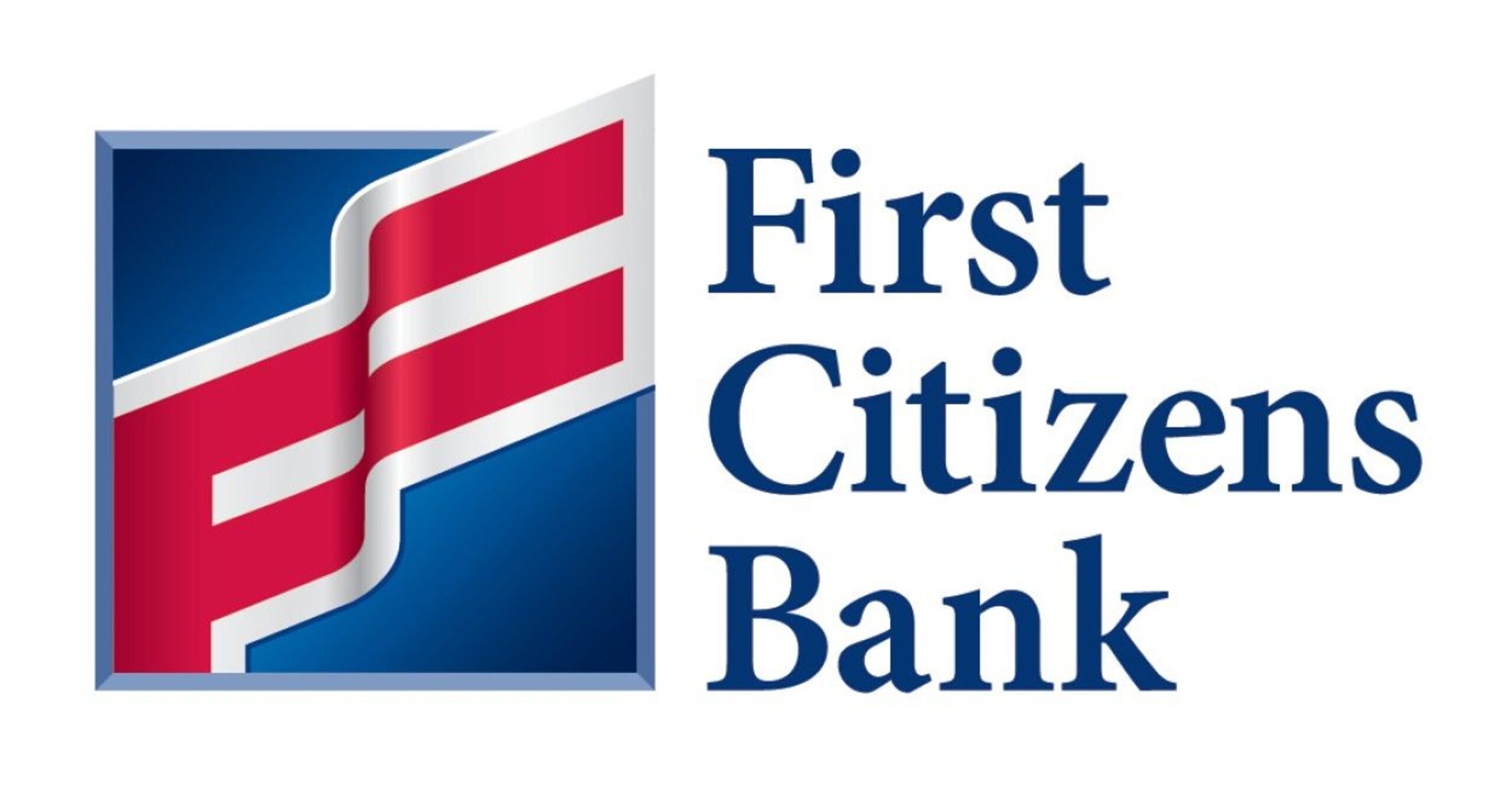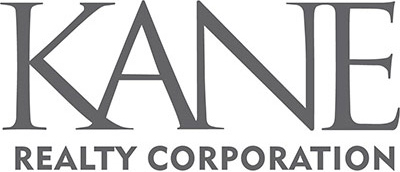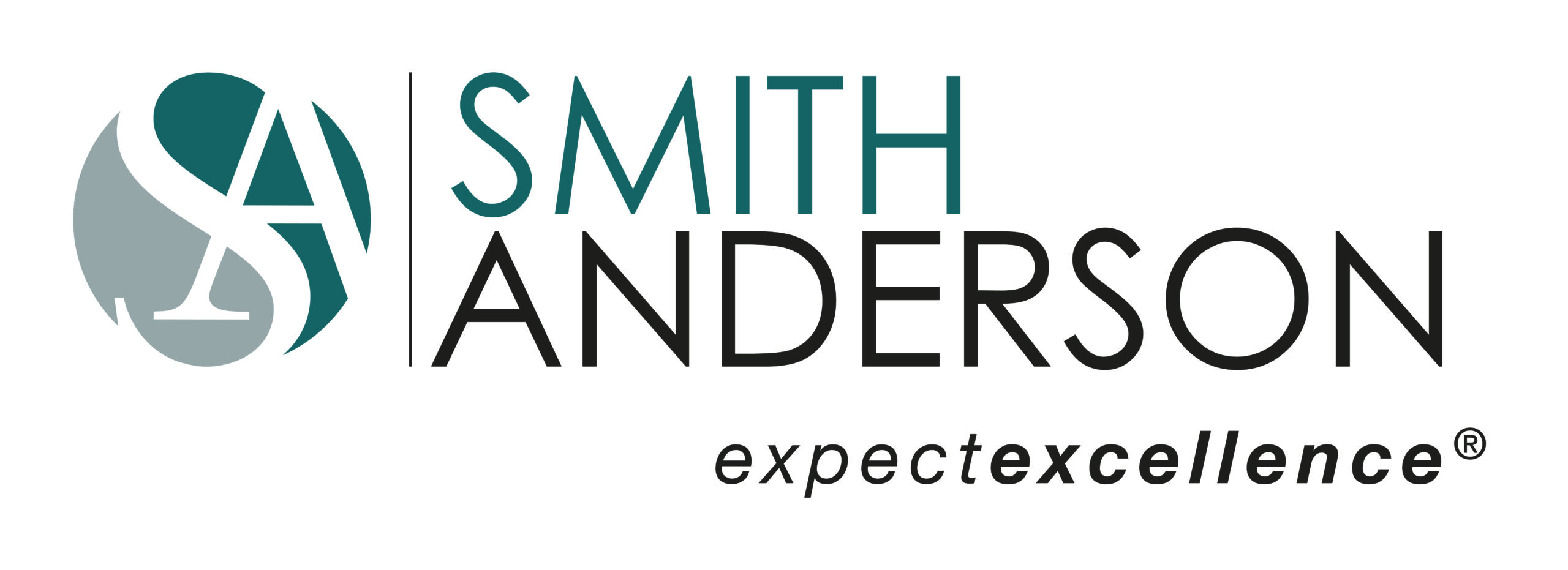US 70 between Durham and 540 — how to make a vital regional corridor better
- September 1, 2023
- Posted by: Jacob Rigg
- Category: Blog
With the opening of I-885 a little over a year ago, the region’s multimodal freeway network took an important leap forward.
It also highlighted a missing regional travel link in the western Triangle: the need for an improved US 70 between I-885 in Durham and the proposed freeway upgrade of US-70 near I-540 in west Raleigh
Fortunately, there is active regional study, and an ongoing NCDOT project, to do just that.
Active study – regional boulevard options, and how you can engage
Our friends at the Durham-Chapel Hill-Carrboro Metropolitan Planning Organization (DCHC MPO) have an active study on the future of US 70 in eastern Durham County, from Durham at I-885 east towards the Brier Creek area and I-540.
They are highlighting two proposed regional boulevard designs developed by the study consulting firm (and RTA Silver member) STV, that you can review here and here. I was impressed with both concepts, in particular an alternative with parallel roads. Both concepts streamline traffic flow by ensuring that all traffic lights have only two signal “phases” which will save travelers time and improve safety.
Public engagement is underway, and there are some in-person meetings this month — click here for more information and to attend. Click on this excellent News&Observer article for a recap of one of the meetings.
RTA members and partners can also share feedback through the study’s online survey anytime between now and September 11. Survey feedback will help inform the efforts of the study team and MPO.
Current RTA position and additional context
NCDOT continues to focus on an upgrade to freeway for this section of US 70, and RTA has long supported a multimodal, context sensitive freeway for the corridor as well. However, we are also open to a regional boulevard design that will provide broader regional mobility, informed by a change in vision for that corridor by our partners at the Durham-Chapel Hill-Carrboro (DCHC) MPO.
DCHC MPO has created an outstanding set of FAQs about their ongoing study. One question response exemplifies the reasoning for the study: “The MPO and the City of Durham expressed concerns with the freeway options proposed by NCDOT because of the lack of ability for bicyclists and pedestrians to safely cross the corridor, as well as there not being not enough intersections/interchanges for local neighborhoods along to access the road. As a result, the DCHC MPO is exploring other options for to be done on US 70 East, including a boulevard option. A delay in the Transportation Improvement Program (TIP) funding for US 70 (TIP project U-5720) provided the opportunity to study a boulevard.”
So, what next?
NCDOT has concepts that only include a freeway (see here and here). DCHC MPO has concepts only include a regional boulevard. Neither is inherently “better”. The boulevard concepts will be less expensive to build, likely have fewer impacts that any freeway design, and still move traffic better than today, from a capacity, delay, and safety standpoint. However, either of the synchronized street/regional boulevard concepts will have lower capacity, as well as longer travel time/more delay, than the current freeway concepts.
I do not believe that we collectively have enough information yet to resolve the issue, in particular costs, state funding likelihood, and timing. However, I do believe the two regional boulevard options presented were compelling — in particular the one with parallel roads — and both concepts will be very helpful in informing what a viable, consensus solution will look like, as are the NCDOT freeway concepts and potential modifications to those.
I have previously suggested consideration of an improvement along the lines of US 50 in Anne Arundel County, Maryland, not as “the answer” but as a potential framework for a solution. Along US 50 there are segments with five off-ramps in less than two miles, several with very low-speed exits, in what I have previously called a “junior freeway” configuration. A design concept that incorporates this level of accessibility and mobility might help address the legitimate access issues raised by Durham as well as broader regional mobility issues.
The regional business community — and pretty much anyone who travels in and around the Triangle area — knows the importance of US 70 to the region. So we have to get something moving, and that means a consensus of what it can and needs to be, both now and in the future.
And, we need a way to pay for it.
I am confident that together our regional community will get there.
Let’s get moving,
Joe
Joe Milazzo II, PE
RTA Executive Director

























